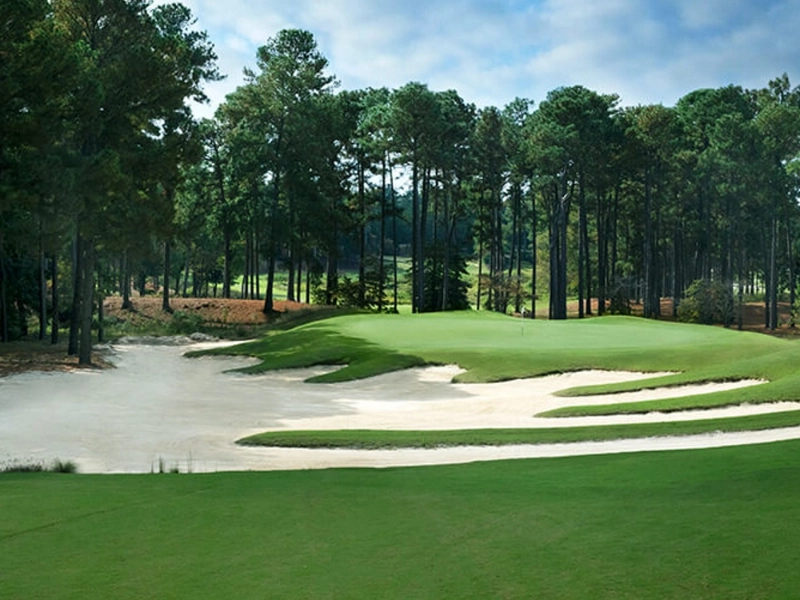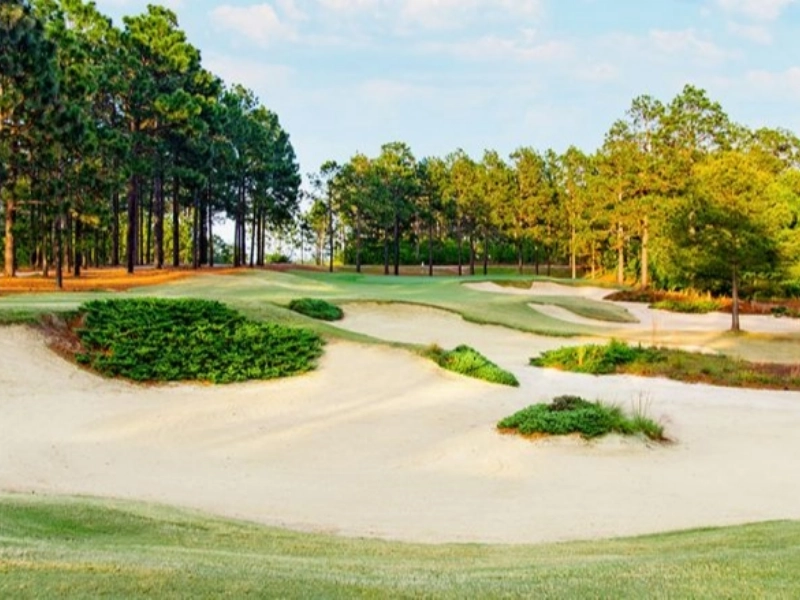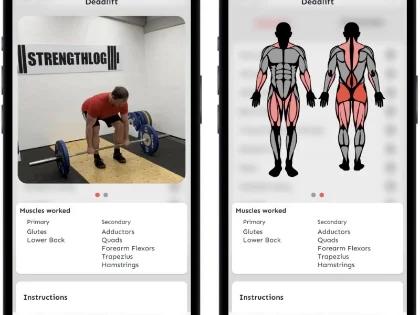Understanding Golf Course Ratings And Slope
Slopes and course ratings are complex concepts influenced by a multitude of variables. To do it right, it requires careful consideration and an experienced eye. However, knowing how they operate allows you to play golf with friends more strategically and avoid arguments over who gets to hit off first.
Course Evaluation

The Bogeyman Rating
 The Bogey Rating gauges a golf course's perceived difficulty for the average "bogey" player. It is a component of the calculation used to determine your golf handicap and is helpful for making course comparisons.
The calculation of a golf course's bogey rating follows the same steps as that of its course rating, accounting for factors including yardage, appropriate playing length adjustments, and other playability-impairing features like bunkers, trees, and penalty areas. The Bogey rating, like the course rating, is a single decimal point-based number.
When a graph is plotted, a ramping upward line can be drawn between a course's Bogey Rating and Course Rating. The slope of the golf course determines how tough it is for non-scratch players compared to scratch players; the steeper the slope, the more difficult it is. This is why it's crucial to understand your golf course's slope! Slope ratings are an integral part of the USGA Handicap System.
The Bogey Rating gauges a golf course's perceived difficulty for the average "bogey" player. It is a component of the calculation used to determine your golf handicap and is helpful for making course comparisons.
The calculation of a golf course's bogey rating follows the same steps as that of its course rating, accounting for factors including yardage, appropriate playing length adjustments, and other playability-impairing features like bunkers, trees, and penalty areas. The Bogey rating, like the course rating, is a single decimal point-based number.
When a graph is plotted, a ramping upward line can be drawn between a course's Bogey Rating and Course Rating. The slope of the golf course determines how tough it is for non-scratch players compared to scratch players; the steeper the slope, the more difficult it is. This is why it's crucial to understand your golf course's slope! Slope ratings are an integral part of the USGA Handicap System.
Rating of Slope
 This is where things get a little more difficult, and the slope rating is a little trickier to understand. The course rating is subtracted from the bogey rating to get the slope number, which is then multiplied by 4.24 (for women) or 5.381 (for males). It's crucial to understand that the slope is not the same as the golf course's true "slope" and does not account for the putting greens' undulations or elevation changes.
In essence, the slope is designed to show how much harder a course will be for handicapped players than for scratch players. In order to determine this figure, the USGA includes a ton of information, such as the measurement of overall length, forced layups, green targets, and much more. Therefore, while deciding which tee boxes to play from, golfers of all skill levels can greatly benefit from using the slope, even though it can be difficult to understand.
This is where things get a little more difficult, and the slope rating is a little trickier to understand. The course rating is subtracted from the bogey rating to get the slope number, which is then multiplied by 4.24 (for women) or 5.381 (for males). It's crucial to understand that the slope is not the same as the golf course's true "slope" and does not account for the putting greens' undulations or elevation changes.
In essence, the slope is designed to show how much harder a course will be for handicapped players than for scratch players. In order to determine this figure, the USGA includes a ton of information, such as the measurement of overall length, forced layups, green targets, and much more. Therefore, while deciding which tee boxes to play from, golfers of all skill levels can greatly benefit from using the slope, even though it can be difficult to understand.
How They Are Determined
 In the real world, the ratings are determined by professionals who visit each course and examine every inch of it, measuring the separations between hazards and other features, examining the size and shape of the greens, assessing the difficulty of the bunkers, and so on. The information is then sent to an algorithm that calculates both the slope rating and the course rating.
The USGA maintains a database of golfers' scores from courses that have already been rated. Thanks to an enormous quantity of data, they are able to determine not only what bogey golfers should score on the same courses but also what a scratch player would shoot on each course from a particular set of tees and in a variety of weather circumstances.
Based on this information, the slope ratings show the variation in a course's difficulty between that of bogey golfers and scratch players, not the overall course difficulty. This is because, compared to bogey golfers, scratch players are more accurate, have a longer ball carry distance, and exhibit less consistency in their misses.
In the real world, the ratings are determined by professionals who visit each course and examine every inch of it, measuring the separations between hazards and other features, examining the size and shape of the greens, assessing the difficulty of the bunkers, and so on. The information is then sent to an algorithm that calculates both the slope rating and the course rating.
The USGA maintains a database of golfers' scores from courses that have already been rated. Thanks to an enormous quantity of data, they are able to determine not only what bogey golfers should score on the same courses but also what a scratch player would shoot on each course from a particular set of tees and in a variety of weather circumstances.
Based on this information, the slope ratings show the variation in a course's difficulty between that of bogey golfers and scratch players, not the overall course difficulty. This is because, compared to bogey golfers, scratch players are more accurate, have a longer ball carry distance, and exhibit less consistency in their misses.







